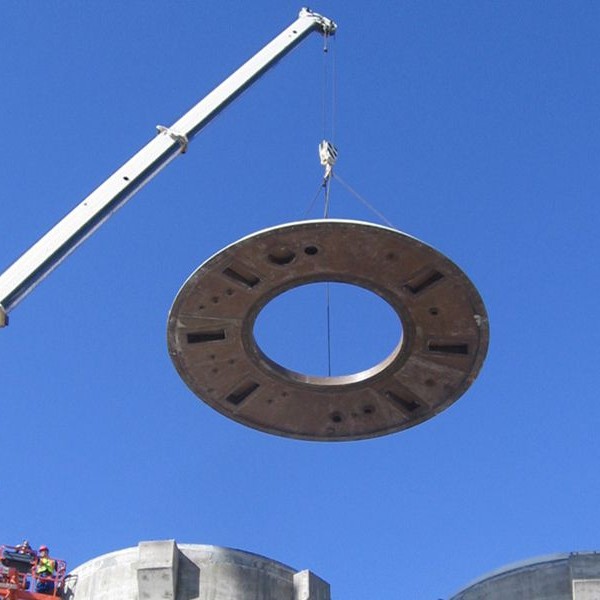
-
 Afrikaans
Afrikaans -
 Albanian
Albanian -
 Amharic
Amharic -
 Arabic
Arabic -
 Armenian
Armenian -
 Azerbaijani
Azerbaijani -
 Basque
Basque -
 Belarusian
Belarusian -
 Bengali
Bengali -
 Bosnian
Bosnian -
 Bulgarian
Bulgarian -
 Catalan
Catalan -
 Cebuano
Cebuano -
 China
China -
 China (Taiwan)
China (Taiwan) -
 Corsican
Corsican -
 Croatian
Croatian -
 Czech
Czech -
 Danish
Danish -
 Dutch
Dutch -
 English
English -
 Esperanto
Esperanto -
 Estonian
Estonian -
 Finnish
Finnish -
 French
French -
 Frisian
Frisian -
 Galician
Galician -
 Georgian
Georgian -
 German
German -
 Greek
Greek -
 Gujarati
Gujarati -
 Haitian Creole
Haitian Creole -
 hausa
hausa -
 hawaiian
hawaiian -
 Hebrew
Hebrew -
 Hindi
Hindi -
 Miao
Miao -
 Hungarian
Hungarian -
 Icelandic
Icelandic -
 igbo
igbo -
 Indonesian
Indonesian -
 irish
irish -
 Italian
Italian -
 Japanese
Japanese -
 Javanese
Javanese -
 Kannada
Kannada -
 kazakh
kazakh -
 Khmer
Khmer -
 Rwandese
Rwandese -
 Korean
Korean -
 Kurdish
Kurdish -
 Kyrgyz
Kyrgyz -
 Lao
Lao -
 Latin
Latin -
 Latvian
Latvian -
 Lithuanian
Lithuanian -
 Luxembourgish
Luxembourgish -
 Macedonian
Macedonian -
 Malgashi
Malgashi -
 Malay
Malay -
 Malayalam
Malayalam -
 Maltese
Maltese -
 Maori
Maori -
 Marathi
Marathi -
 Mongolian
Mongolian -
 Myanmar
Myanmar -
 Nepali
Nepali -
 Norwegian
Norwegian -
 Norwegian
Norwegian -
 Occitan
Occitan -
 Pashto
Pashto -
 Persian
Persian -
 Polish
Polish -
 Portuguese
Portuguese -
 Punjabi
Punjabi -
 Romanian
Romanian -
 Russian
Russian -
 Samoan
Samoan -
 Scottish Gaelic
Scottish Gaelic -
 Serbian
Serbian -
 Sesotho
Sesotho -
 Shona
Shona -
 Sindhi
Sindhi -
 Sinhala
Sinhala -
 Slovak
Slovak -
 Slovenian
Slovenian -
 Somali
Somali -
 Spanish
Spanish -
 Sundanese
Sundanese -
 Swahili
Swahili -
 Swedish
Swedish -
 Tagalog
Tagalog -
 Tajik
Tajik -
 Tamil
Tamil -
 Tatar
Tatar -
 Telugu
Telugu -
 Thai
Thai -
 Turkish
Turkish -
 Turkmen
Turkmen -
 Ukrainian
Ukrainian -
 Urdu
Urdu -
 Uighur
Uighur -
 Uzbek
Uzbek -
 Vietnamese
Vietnamese -
 Welsh
Welsh -
 Bantu
Bantu -
 Yiddish
Yiddish -
 Yoruba
Yoruba -
 Zulu
Zulu
frp hood
The Significance of FRP Hoods in Modern Applications
Fiber Reinforced Polymer (FRP) hoods have emerged as a vital component in various industries, serving both functional and aesthetic purposes. This innovative material, known for its high strength-to-weight ratio, durability, and resistance to corrosion, has transformed the way equipment and structures are designed. Understanding the significance of FRP hoods requires a look at their applications, benefits, and future potential.
.
One of the standout features of FRP is its resistance to corrosion and weathering, making it an ideal choice for outdoor applications. Unlike metals, which can rust and degrade over time, FRP maintains its structural integrity even in harsh conditions. This characteristic is particularly crucial for marine applications, where exposure to saltwater and UV radiation can significantly impact the longevity of materials. Consequently, FRP hoods are a popular choice for boats and offshore structures, ensuring they remain functional and visually appealing over extended periods.
frp hood

Moreover, FRP hoods can be tailored to meet specific requirements. Manufacturers have the ability to customize the resin and fiber used in the production process, allowing for a range of colors, textures, and finishes. This flexibility not only enhances the aesthetic appeal of products but also enables designers to meet the exact specifications of their projects. As a result, FRP hoods can seamlessly blend into various architectural or industrial designs, making them suitable for both functional and decorative purposes.
The environmental benefits of FRP hoods cannot be overlooked either. As industries increasingly seek sustainable solutions, the production of FRP can be more eco-friendly compared to traditional materials. Many manufacturers are now utilizing recycled materials in the production of FRP, which helps reduce waste and conserve resources. Additionally, the lightweight nature of FRP contributes to lower energy consumption during transportation and installation.
Looking ahead, the future of FRP hoods appears promising. As technology advances and new manufacturing techniques are developed, the scope for innovation within the FRP industry continues to expand. Research into bio-based resins and fibers paves the way for even more sustainable options, while ongoing improvements in processing methods aim to enhance the performance characteristics of FRP materials.
In conclusion, FRP hoods play a crucial role across various industries, providing durable, lightweight, and customizable solutions. Their resistance to corrosion, aesthetic versatility, and potential for sustainability make them an ideal choice for modern applications. As we move further into the future, the importance of FRP hoods will only continue to grow, ensuring that they remain an integral component of contemporary design and engineering.
Latest news
-
Exploring the Benefits of Top Hammer Drifter Rods for Enhanced Drilling PerformanceNewsJun.10,2025
-
High-Precision Fiberglass Winding Machine for GRP/FRP Pipe Production – Reliable & Efficient SolutionsNewsJun.10,2025
-
FRP Pipes & Fittings for Shipbuilding - Corrosion-Resistant & LightweightNewsJun.09,2025
-
Premium FRP Flooring Solutions Durable & Slip-ResistantNewsJun.09,2025
-
Premium Fiberglass Rectangular Tanks Durable & Lightweight SolutionNewsJun.09,2025
-
Tapered Drill String Design Guide Durable Performance & UsesNewsJun.09,2025









